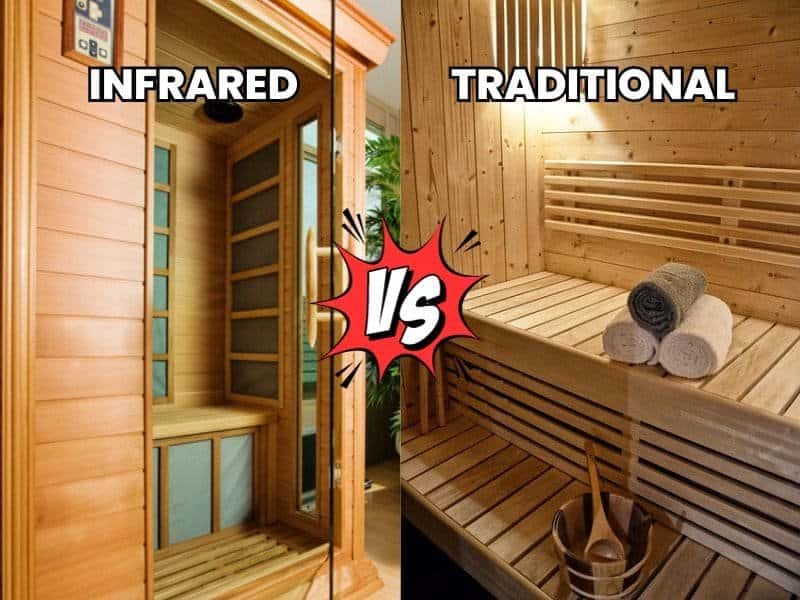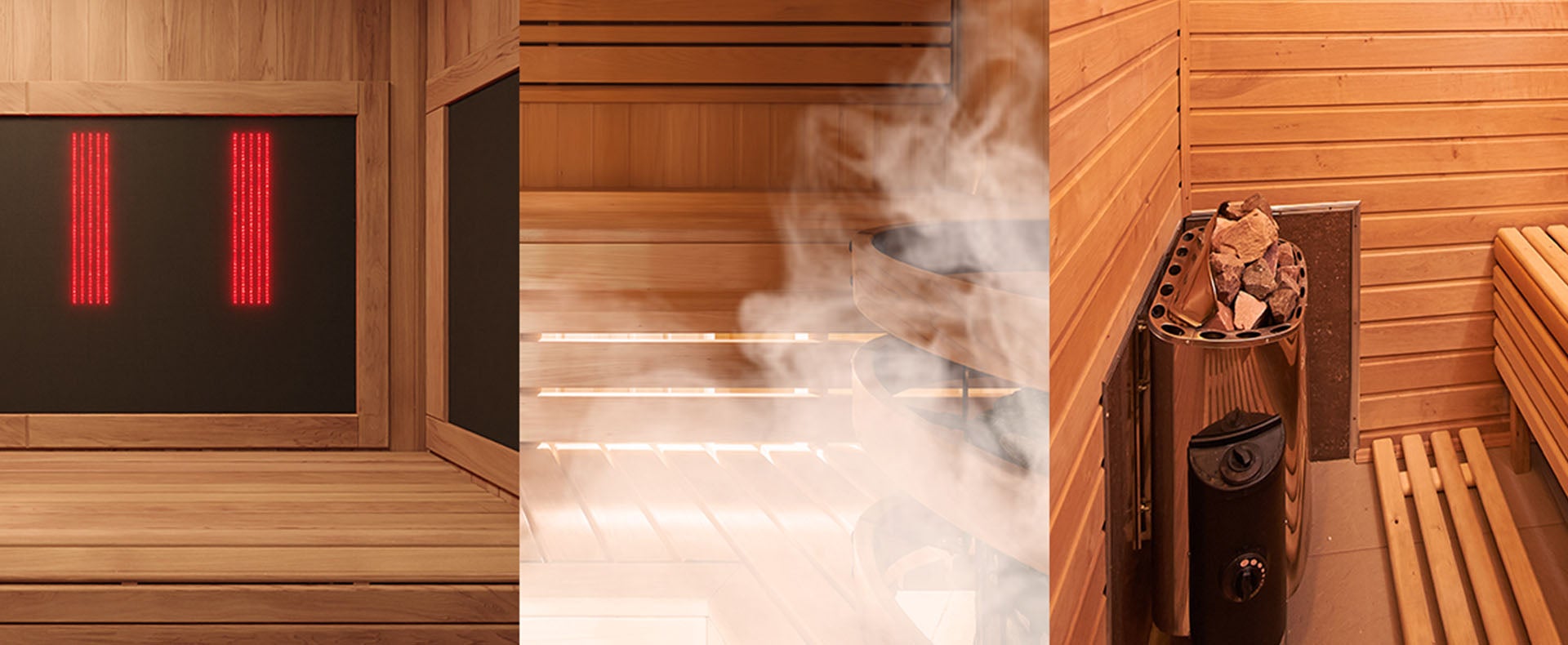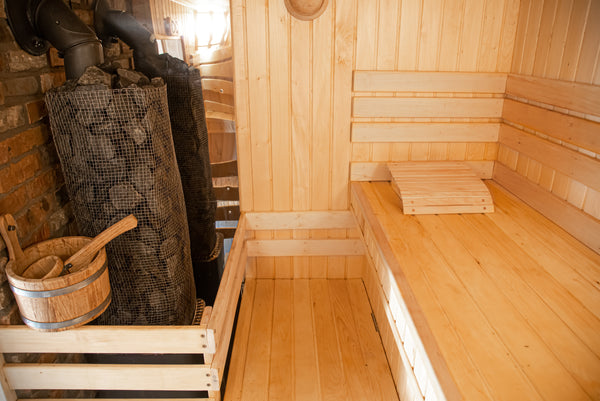Alright, let’s talk sauna heaters. It’s a question I get asked a fair bit, probably because I spent way too much time figuring this stuff out for myself, the hard way, mostly. It wasn’t like I read a manual and boom, expert. Nah, it was more like stumbling around in the dark for a bit.
My First Brush with Sauna Heat
My journey into this whole sauna heater thing started a few years back. I’d been using the one at my local gym, you know, the standard electric type. It was fine, did the job. But then, a buddy of mine built this amazing little cabin up north, and he put in a wood-burning sauna stove. Man, that was a whole different experience. I remember going up there one winter, chopping a bit of wood – okay, he did most of the chopping – and then firing that thing up. The smell of the burning wood, the way the heat felt, it was just… primal. Proper old-school. That got me thinking, I tell ya.
I seriously considered a wood burner when I decided I wanted a sauna at my own place. The romance of it, you know? But then I started thinking about the practicalities for a suburban house. Where am I storing all that wood? Am I really going to be up for splitting logs and cleaning out ash every time I want a quick sweat? Probably not. Plus, regulations, chimneys… it started to feel like a bigger project than I wanted for a regular Tuesday night sauna session.
Going Electric – The Practical Choice?
So, my thoughts drifted back to the electric heaters. They’re pretty much the standard for a reason, right? Convenient. Flip a switch, wait a bit, and you’re good to go. I started looking into them more seriously. Talked to a couple of guys who’d installed their own. One fella, Tom, he walked me through his setup. Showed me how he wired it up – well, he got an electrician for the main hookup, smart move – and how he stacked the stones. He said, “Look, it’s not as rustic as wood, but I use it three times a week. With wood, it’d be once a month, maybe.” That hit home.

I even helped him replace his heating elements once. Took the stones out, unscrewed a few things, popped the new ones in. Wasn’t rocket science. And you still get that great löyly, that blast of steam when you toss water on the hot rocks. For consistent, no-fuss heat, electric seemed like the way to go. You can get timers, control the temperature pretty precisely. It just works.
What About Those Infrared Things?
Then there’s infrared. This was the new kid on the block when I was deep in my research. People were raving about them. “Heats your body directly, not the air!” they’d say. “Lower temperatures, but you sweat like crazy!” I was skeptical, I admit. Sounded a bit too… gentle for what I thought a sauna should be.
I made it a point to try one. Found a wellness place that had an infrared cabin. Stepped inside, and it was… different. Definitely not the overwhelming wave of heat you get from a traditional sauna. It was milder, almost like sitting in strong sunshine. And yeah, I did sweat, surprisingly quickly too. But for me, something was missing. I missed the ritual of the water on the stones, that humid, enveloping heat. It felt more like a therapeutic heat treatment than a classic sauna experience. Not bad, just not what I was personally chasing.
I talked to someone who swore by infrared for muscle pain. Said it did wonders for them and they couldn’t handle the intense heat of a traditional sauna. So, horses for courses, I guess.

So, What Did I Settle On? And What’s “Best”?
After all that poking around, trying different types, and weighing the pros and cons for my own situation, I ended up going with a good quality electric heater for my home sauna. For me, it hit the sweet spot. It gives me that traditional sauna feel with the hot rocks and steam, but with the convenience I need to actually use it regularly. No chopping wood, no complex installation beyond getting the wiring sorted by a pro.
So, which heating method is “best”? Honestly, there’s no single answer. It truly, genuinely depends on what you’re looking for and what your circumstances are.
-
If you’ve got the space, the access to wood, and you love that authentic, off-grid vibe, a wood-burning stove is incredible. It’s an experience.
-
If you want convenience, reliability, and that classic steamy sauna experience for your home, an electric heater is probably your champion. It’s the workhorse.

-
If you prefer a milder, direct heat, or perhaps can’t tolerate high temperatures well, then infrared is definitely worth looking into. It’s a different kind of therapeutic.
My “practice” was really just me trying to solve my own sauna dilemma. I talked to people, I tried things, I made a choice that worked for me. And that’s the best advice I can give: figure out what you want from your sauna, what’s practical for your life, and then go from there. Don’t just follow a trend; find your own heat.
